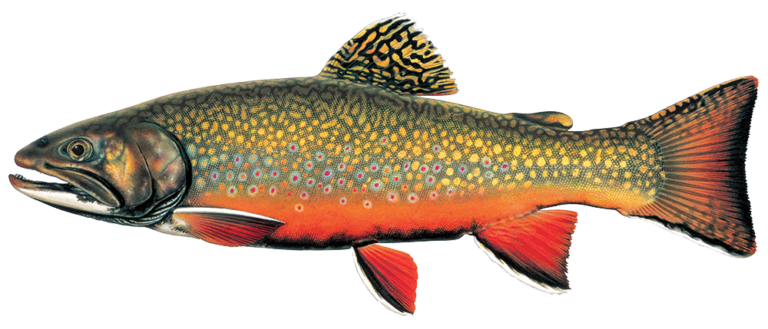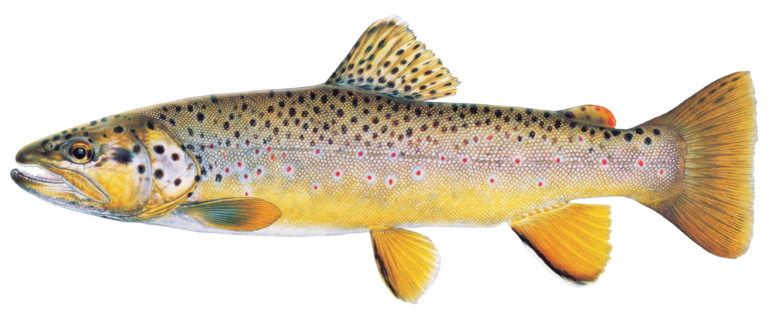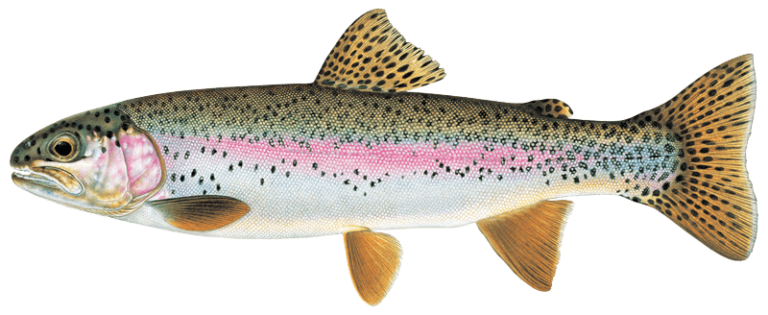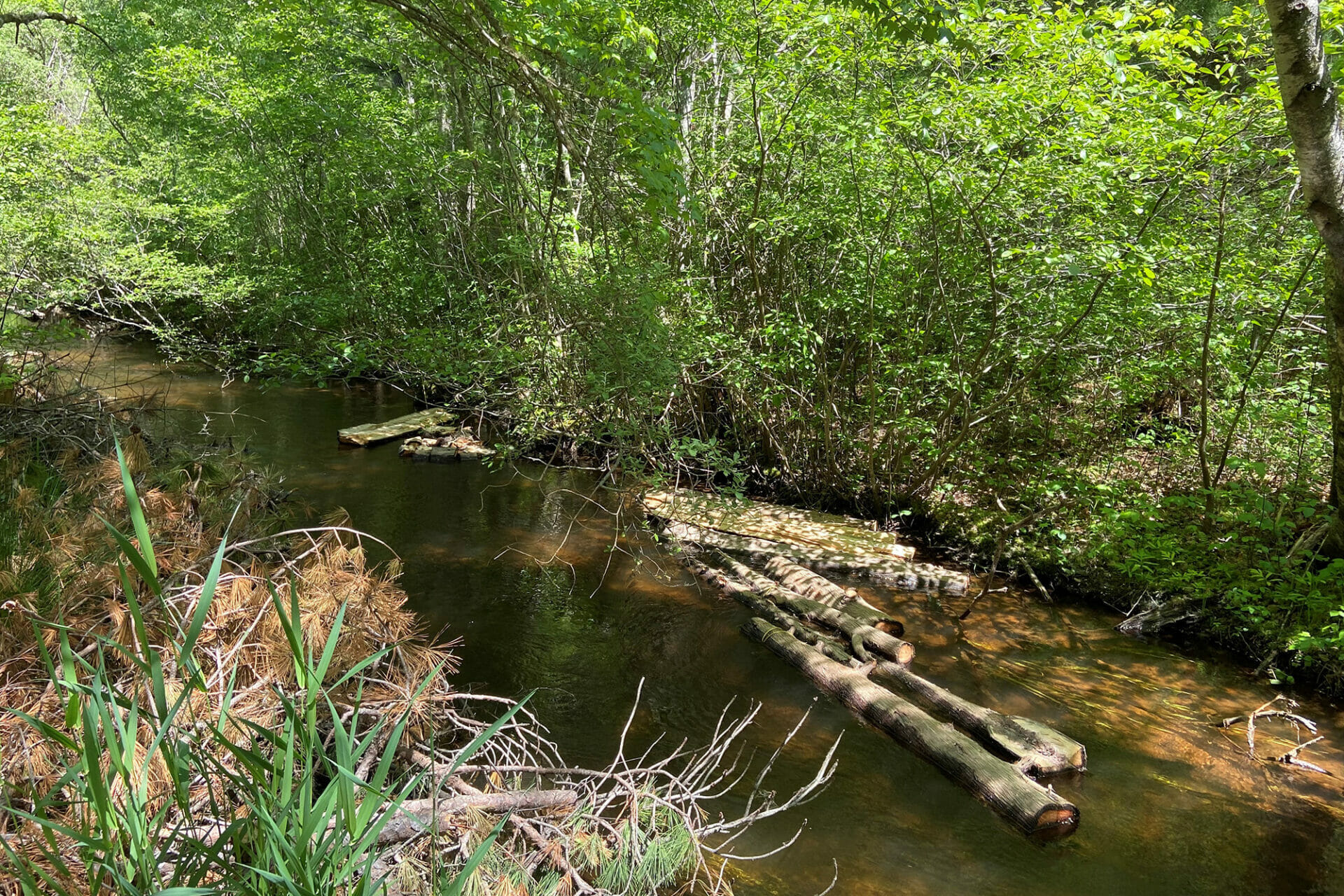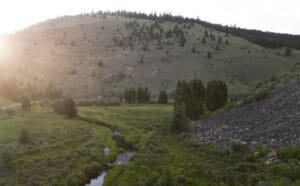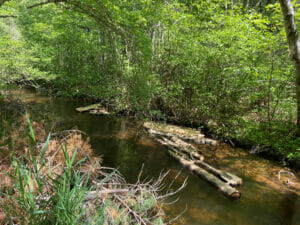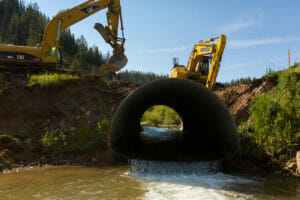Massachusetts

Overview
From the mountains to the sea, Massachusetts offers a diverse array of trout habitat and fishing opportunities. In the western part of the state, native brook trout and wild browns and rainbows swim in the headwaters of famous streams such as the Housatonic and Farmington, while the rivers’ small tributaries burst with brookies. The Deerfield is an outstanding tailwater fishery on the verge of becoming even better now that the state is focusing its management on the river’s wild brown trout. The Hoosic, once so imperiled by pollution that it got little attention, is improving as a trout fishery and is poised for excellence thanks to upcoming dam removals. On Cape Cod and other parts of the coastline, migratory salter brook trout grow fat as they move between flowing streams and fertile saltwater estuaries.
Threats & Opportunities
Climate change will have an impact on Priority Waters streams in Massachusetts. Streams are already facing more frequent and intense rain events and invasive species, including invasive pests infesting new parts of the state’s forests. By focusing our efforts in watersheds where higher elevations and groundwater influence will provide some resilience to climate change, we are helping trout weather expected future warming and drought.
How We Work
Reconnection
We are advocating for the removal or replacement of fish passage at barriers large and small to rebuild healthier brook trout populations and stronger ecosystems. Removing dams or other barriers, such as perched culverts that block trout from moving upstream, will improve habitat access in systems across Massachusetts, including coastal streams that salter brook trout migrate to from the ocean.
TU is using LiDAR in a GIS analysis to help identify possible undocumented dams and using drones to help with design work by creating high-resolution maps and digital-elevation models when we’re working on a specific culvert, dam, or floodplain project.
Restoration
We are using a variety of tools, including the Eastern Brook Trout Conservation Portfolio, to prioritize streams where habitat restoration is both most needed and where it will have the most impact and best chance of recovering native brook trout. Restoration efforts include stabilizing stream banks, improving riparian health with native tree plantings, and strategically adding large wood habitat. Much of this work is supported by a Regional Conservation Partnership Program led by TU and funded through the Farm Bill.
Protection
We are working with Massachusetts landowners to protect coldwater streams by advocating for common-sense development, working with land trusts, and using conservation easements. By working with state freshwater fisheries agencies, we advocate for regulatory protections needed to protect wild and native trout.
Wild Trout Recovery
Trout Unlimited’s volunteers are playing a crucial role in assessing wild trout populations in the Deerfield River tailwater, helping to confirm that brown trout are reproducing naturally. We are continuing to study the river’s trout population, working with state officials on potential habitat projects and appropriate regulations.
How You Can Help
Help us monitor stream temperatures to identify streams that will better weather climate change.
TAKE ACTIONLearn more about what TU is doing in Massachusetts to recover wild and native trout and how you can help.
Massachusetts Conservation Team
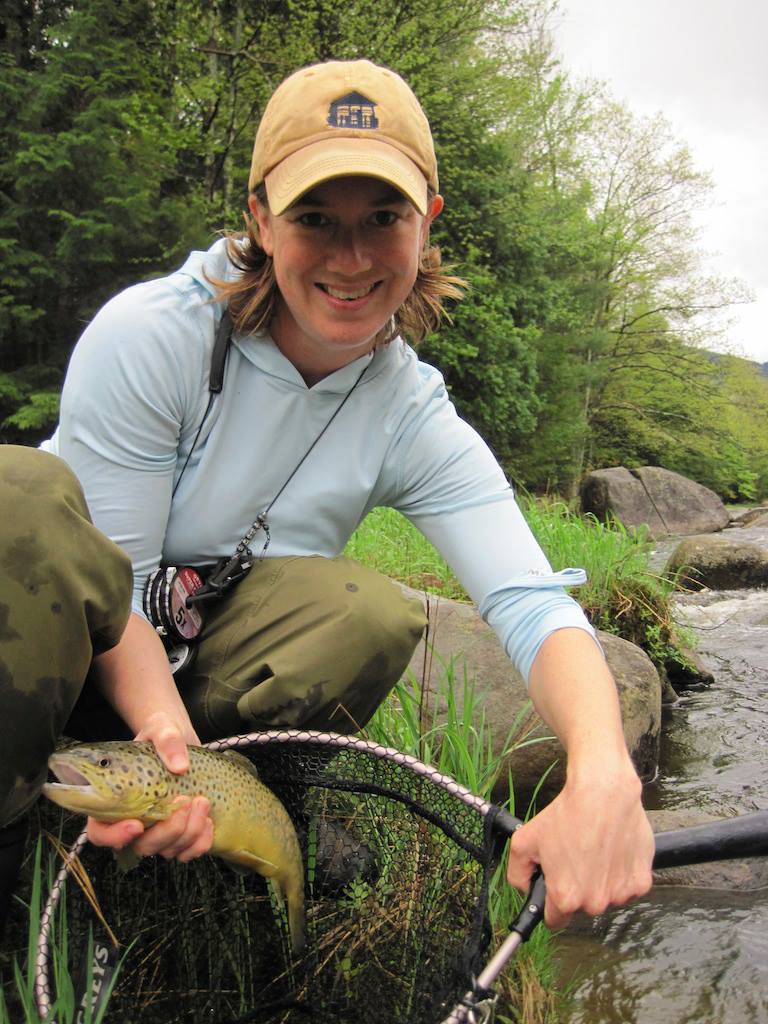
Erin Rodgers
Western New England Project Manager
erin.rodgers@tu.org
Western New England Project Manager
erin.rodgers@tu.org
Priority Waters
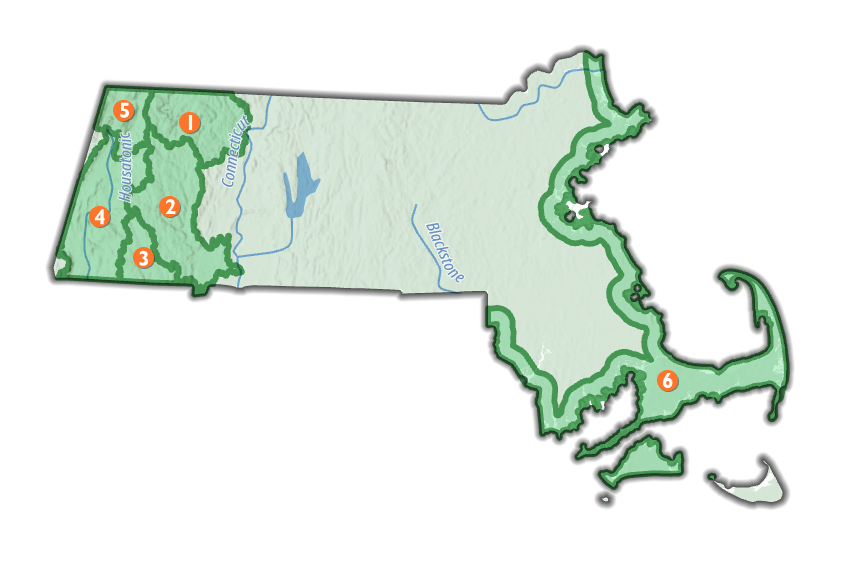
-
Deerfield River
Coldwater releases from hydroelectric dams make the Deerfield in western Massachusetts a productive trout fishery. Things are looking up for the fishery thanks to scientific research conducted by TU members and supporters, who are successfully advocating for better regulations and smarter flow regimes to support the river’s famous wild trout.
-
Westfield River
Flowing 33 miles from the Berkshire Plateau to the Connecticut River, the Westfield offers a combination of excellent trout fishing and beautiful, rugged scenery. The 7-mile catch-and-release-only section that flows through Chesterfield Gorge is especially stunning. Many smaller tributaries are home to strong populations of native brook trout, which are benefitting from barrier removal and improvement projects to increase their access to more habitat.
-
Farmington River
While the tailwater section in Connecticut gets a lot of glory, the Farmington’s upper reaches feature excellent coldwater habitat that supports wild trout. TU is just getting started with restoration work in this watershed, with current efforts focused on assessments to determine priority sites for future projects.
-
Housatonic River
With its quality coldwater habitat, the Housatonic in Massachusetts is a popular trout fishery. TU is focusing on barrier improvement and removal projects within the watershed to expand habitat and to better connect wild-trout-filled tributaries to the river’s mainstem.
-
Hoosic River
The Hoosic is a sleeper wild trout fishery known among its fans for producing trophy browns. It holds some wild brook trout, too. TU’s efforts in the watershed focus on several dams that segment the river and that also contribute to higher stream temperatures in warmer months. As those problematic barriers are removed, the Hoosic has the potential to be one of the region’s top wild trout fisheries.
-
Coastal Salter Streams
Massachusetts has a number of coastal streams supporting salter brook trout, which move between freshwater streams and saltwater estuaries. TU has been instrumental in protecting and restoring several key salter streams, including the Quashnet River, but more information is needed about these fisheries, offering TU’s members and supporters a prime opportunity for community science work.

